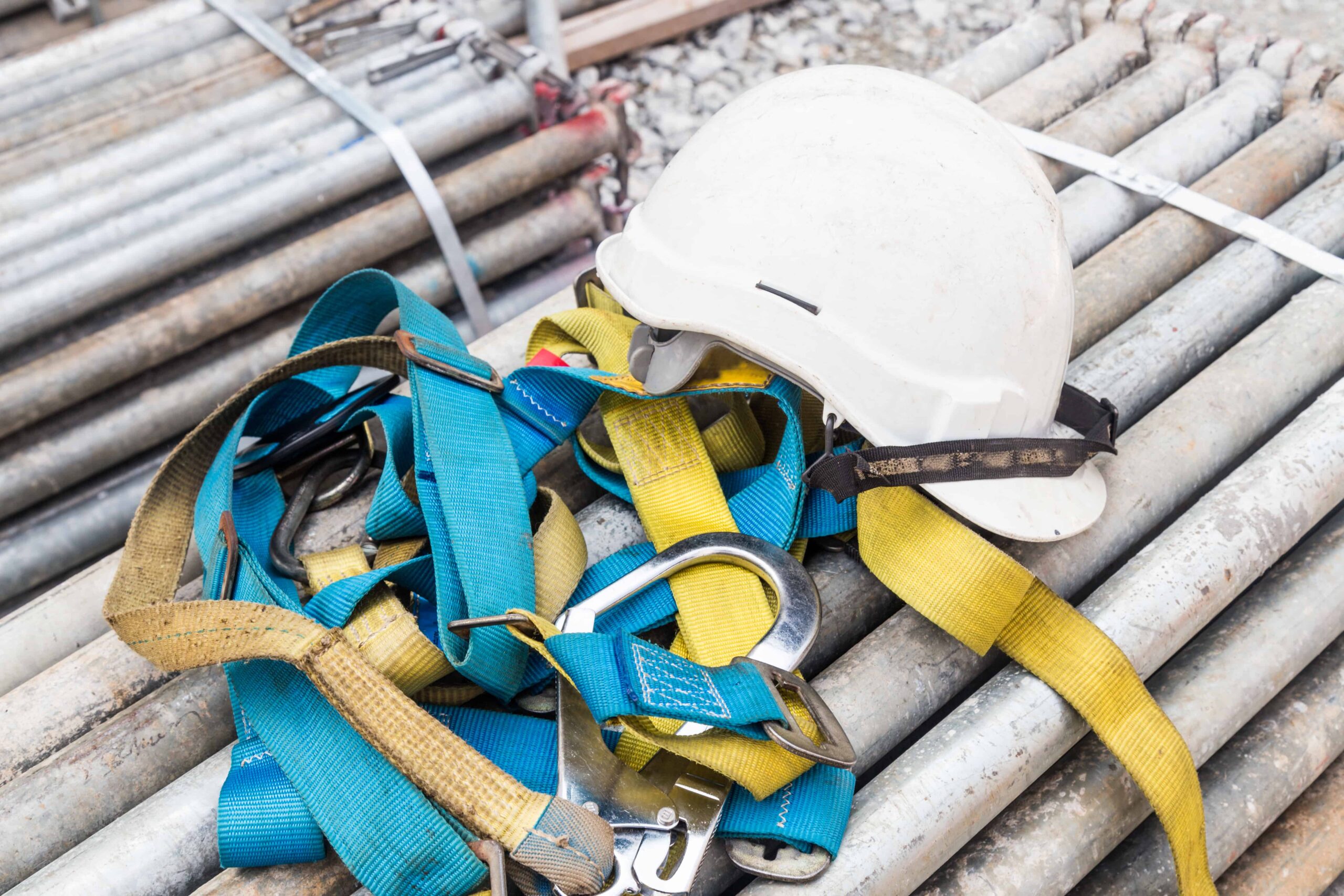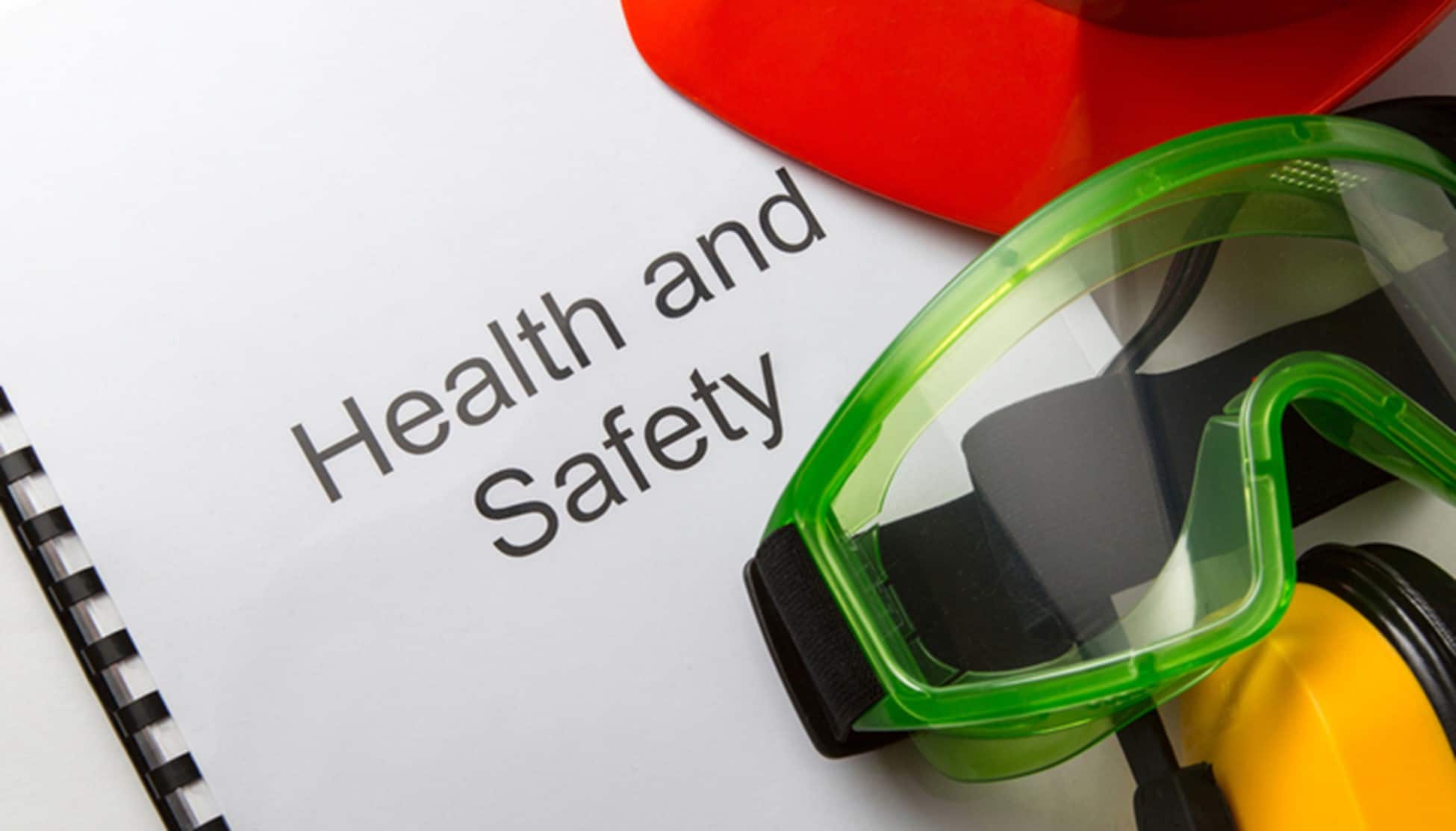
The Occupational Safety and Health Administration (OSHA) has introduced OSHA 10 and 30 training programs to reduce workplace injuries across the US. OSHA 10 is a 10-hour program put together for entry-level and non-supervisory workers. But what is OSHA 30?
OSHA 30 is a 30-hour course meant for workers whose job positions carry health and safety responsibility. These can be managers and different field supervisors who oversee daily work activities and ensure everyone complies with health and safety measures.
No matter the industry you’re in, occupational health and safety is a priority. Learning about workplace hazards, recognizing them, and protecting yourself and your coworkers is an essential part of most jobs. This is what OSHA 30 is all about.
OSHA 30 Benefits
The benefits of the OSHA Outreach Training Program that includes the 10-hour and 30-hour courses are numerous:
- Training topics tailored to the needs of the audience
- Safety culture promotion
- Participatory training and hands-on experiences
- Emphasized safety and health of all workers, including young workers
- Training in your native language (English, Polish, Spanish, etc.)
OSHA 10 and 30 are not mandatory. The Occupational Health and Safety Administration emphasizes that taking these courses is entirely voluntary for any employee.
However, some states and municipalities make the Outreach Training Program obligatory. Furthermore, most employees use these certificates as a baseline for evaluating potential new workers, especially in the construction industry.
Program Types
The Outreach Training Program offers 10-hour and 30-hour training in three different segments: the construction industry, general industry, and maritime industry. Special 7.5-hour and 15-hour courses are provided for disaster site workers (those who work in demolition, debris removal, heavy equipment operation, and similar following natural and human-made disasters).
Let’s look at each of these courses and what you can expect to learn from them.
General Industry
OSHA describes ‘general industry’ as any industry that is not the construction, maritime, or agricultural industry. Just like the others, the general industry is under OSHA regulations.
This 30-hour training consists of three parts: mandatory, elective, and optional topics.
Mandatory Topics (12 hours)
Mandatory topics are the following:
- Introduction to OSHA (1 hour) – including employer responsibilities, workers’ rights, and the process of filing a complaint.
- Managing Safety and Health (2 hours)
- Electrical Safety (2 hours)
- Materials Handling (2 hours)
- Personal Protective Equipment (PPE) (1 hour)
- Exit Routes, Fire Protection, Fire Prevention Plans, Emergency Action Plans (2 hours)
- Hazard Communication (1 hour)
- Walking and Working Surfaces (with Fall Protection) (1 hour)
Elective Topics (10 hours)
The elective part of the course has to last at least 10 hours and cover at least 5 of the topics listed here. A single topic has to be explored for a minimum of half an hour.
- Lockout/Tagout
- Safety and Health Programs
- Ergonomics
- Fall Protection
- Welding, Cutting, and Brazing
- Hazardous Materials (Dipping and Coating Operations, Compressed Gases, Spray Finishing, and Flammable and Combustible Liquids)
- Bloodborne Pathogens
- Introduction to Industrial Hygiene
- Permit-Required Confined Spaces
- Machine Guarding
- Powered Industrial Vehicles
Optional Topics (8 hours)
In this section, the Outreach trainer will discuss general industry policies or hazards; or expand on some of the previously mentioned topics. Like above, the minimum length for one topic is half an hour.
Construction Industry
The 30-hour construction course is for workers in building development and construction, alterations and repairs, and similar construction fields. It also consists of mandatory, elective, and optional topics.
Mandatory Topics (14 hours)
- Introduction to OSHA (1 hour)
- OSHA Focus Four Hazards (6 hours) – falls, struck-by (cranes, falling objects, trucks), electrocution, caught-in or between (equipment, trench hazards)
- Managing Safety and Health (2 hours)
- Stairways and Ladders (1 hour)
- Personal Protective and Lifesaving Equipment (2 hours)
- Health Hazards in Construction (2 hours)
Elective Topics (12 hours)
A minimum of 12 hours must be dedicated to the elective part of the 30-hour construction training. At least six topics need to be covered, with at least half an hour set aside for each topic.
- Welding and Cutting
- Scaffolds
- Power and Hand Tools
- Safety and Health Programs
- Steel Erection
- Ergonomics
- Confined Space Entry
- Excavations
- Concrete and Masonry Construction
- Hoists, Derricks, Cranes, Conveyors, and Elevators
- Fire Protection and Prevention
- Foundations for Safety Leadership
- Mechanized Equipment and Marine Operations, Motor Vehicles; Barricades, Signs, and Signals; Rollover Protective Structures and Overhead Protection
- Materials Handling, Storage, Use, and Disposal
- Powered Industrial Vehicles
Optional Topics (4 hours)
The optional segment is the same as the optional segment for the general industry. The trainer can teach additional construction industry policies or expand mandatory or elective topics. Again, one topic has to be covered for at least half an hour.
Maritime Industry
Maritime industry workers deal with construction, scrapping, repair of vessels, and moving materials and cargo via ships. The maritime industry 30-hour Outreach training is designed for them.
The training is divided into three courses – Shipyard Employment, Longshoring, and Marine Terminals. The program varies a bit depending on which course you take.
Mandatory Topics
All three maritime courses (7 hours):
- Introduction to OSHA (1 hour)
- Walking and Working Surfaces (with Fall Protection) (2 hours)
- Managing Safety and Health (2 hours)
- Personal Protective Equipment (2 hours)
Additional training for Shipyard Employment in the mandatory section (8 hours):
- Fire Protection (2 hours)
- Electrical (2 hours)
- Fall Protection/Scaffolding (2 hours)
- Confined and Enclosed Spaces (2 hours)
Elective Topics
For Shipyard Employment, the elective part lasts 2 hours. For Longshoring and Marine Terminals, it lasts 8 hours.
The elective topics for all three courses are:
- Respiratory Protection
- Lockout/Tagout
- Hazardous Materials/Hazard Communications
For Marine Terminals and Longshoring, additional topics include:
- Fire Protection
- Electrical
- Fall Protection/Scaffolding
- Confined and Enclosed Spaces
Optional Topics
The Shipyard Employment optional section lasts 13 hours, while the same section for the other two courses lasts 15 hours. One topic has to be covered for at least half an hour.
- Machine Guarding
- Bloodborne Pathogens
- Welding, Cutting, and Burning (Hot Work)
- Ergonomics and Proper Lifting Techniques
- Material Handling
- Additional Coverage (of the topics already explored in the previous sections or any other hazards or policies in the maritime industry)
OSHA 30 Facts
There are several misconceptions and attempts at fraud surrounding the 10- and 30-hour health and safety training. Here are some facts about the OSHA 30 that should help you get a clearer picture of what this workplace safety program is about.
- OSHA training does not guarantee employment. It may be a prerequisite for a job position, and employers may like to see an OSHA card in your resume, but stay clear of advertisements that promise a job after getting your certification.
- Only an OSHA-authorized trainer can teach these courses. To help you avoid fraudulent offers, OSHA provides a list of authorized trainers on their website. This list contains the names and contact information of each authorized Outreach trainer, as well as what courses they’re approved to teach.
- In case you do run into fraudulent trainers or courses, you should contact the Inspector General from the Department of Labor to report them.
- OSHA 10 and 30 courses can be taken in-person and online.
- Even when you get your OSHA or Department of Labor (DoL) card, your workplace may require you to get additional training. This can be a program about common workplace chemical hazards, operating machinery, or anything specific to your job or organization.
Conclusion
OSHA 10 and 30 are not mandatory courses, but they can be useful in advancing your career. OSHA 30-hour training, in particular, offers invaluable knowledge about occupational safety, be it general, maritime, or construction safety. This is crucial for a supervisor or anyone with safety and health responsibility. You will learn about what you can do to make your workplace safer and help your coworkers avoid as many incidents as possible.
The topics of the OSHA 30 are focused on general or industry-specific health and safety hazards and practical knowledge. OSHA safety standards can be described, but their regulations are not the core of the course.
Choose a course appropriate for your industry and whether you wish to get through the program online or in-person. Don’t forget to check the name and information of the trainer against OSHA’s authorized trainer list. This will help you avoid courses that will take your money but not provide you with anything worthwhile in return.
If you need more information on OSHA 30 and how to acquire your OSHA card, please contact SAFE. Please email us at larry@safety4employers.com or give us a call at 775-843-8318. We would be happy to answer any questions you may have about workplace hazards and safety.








